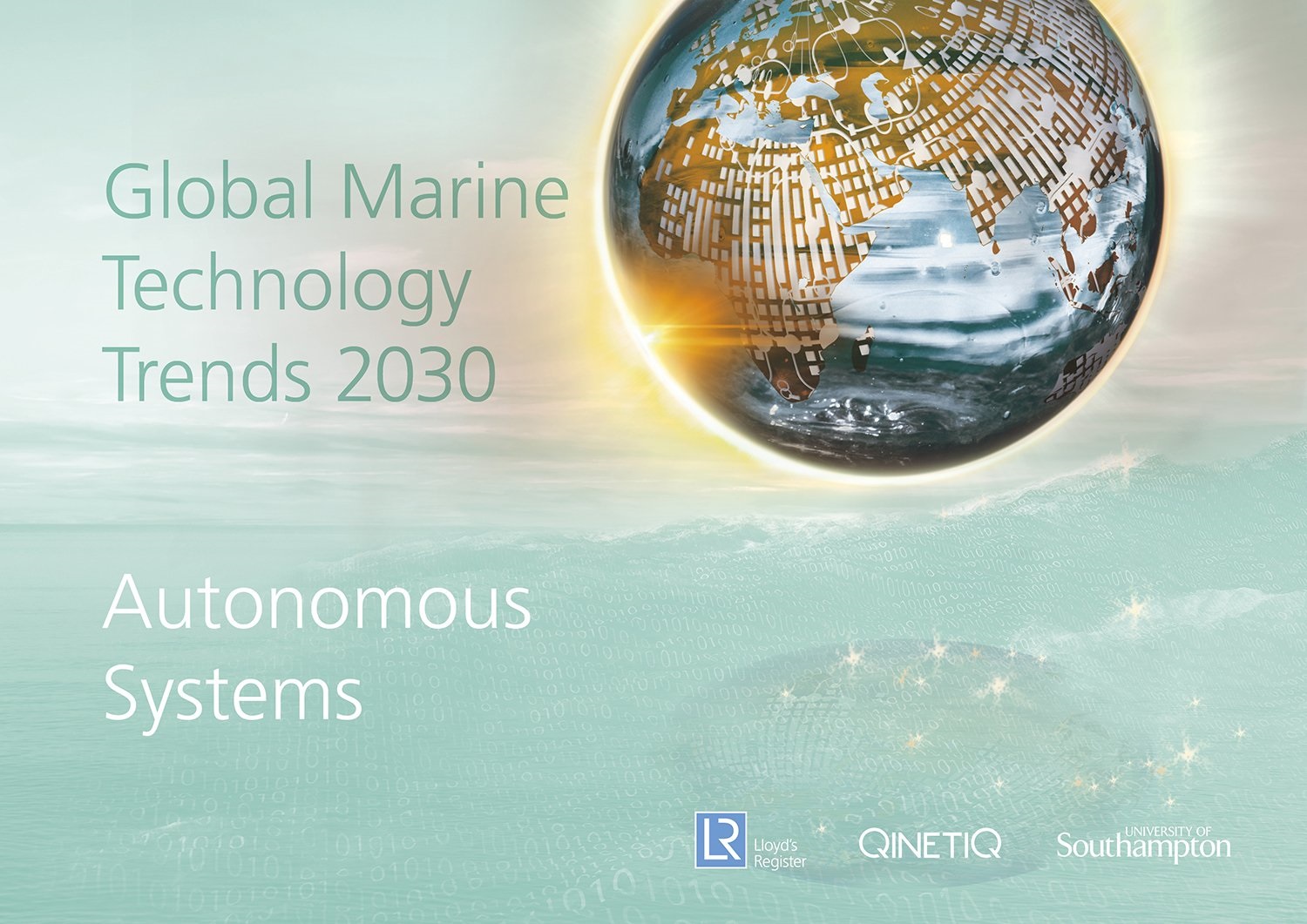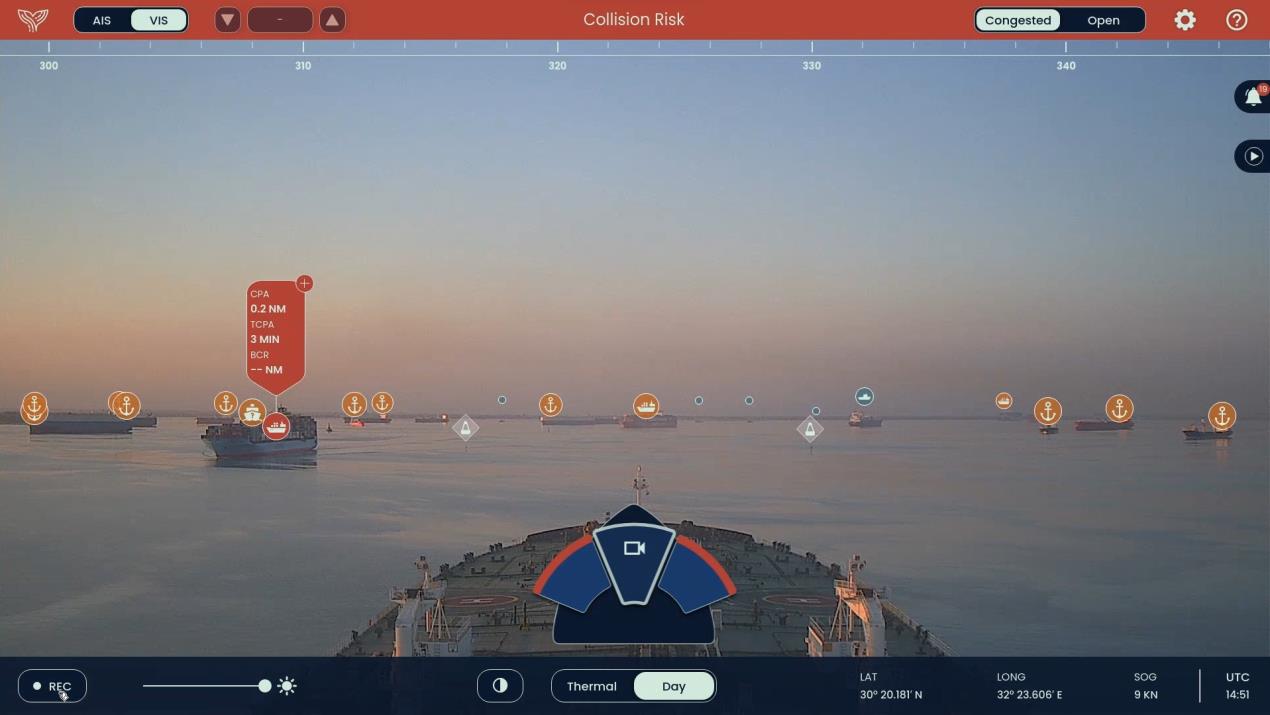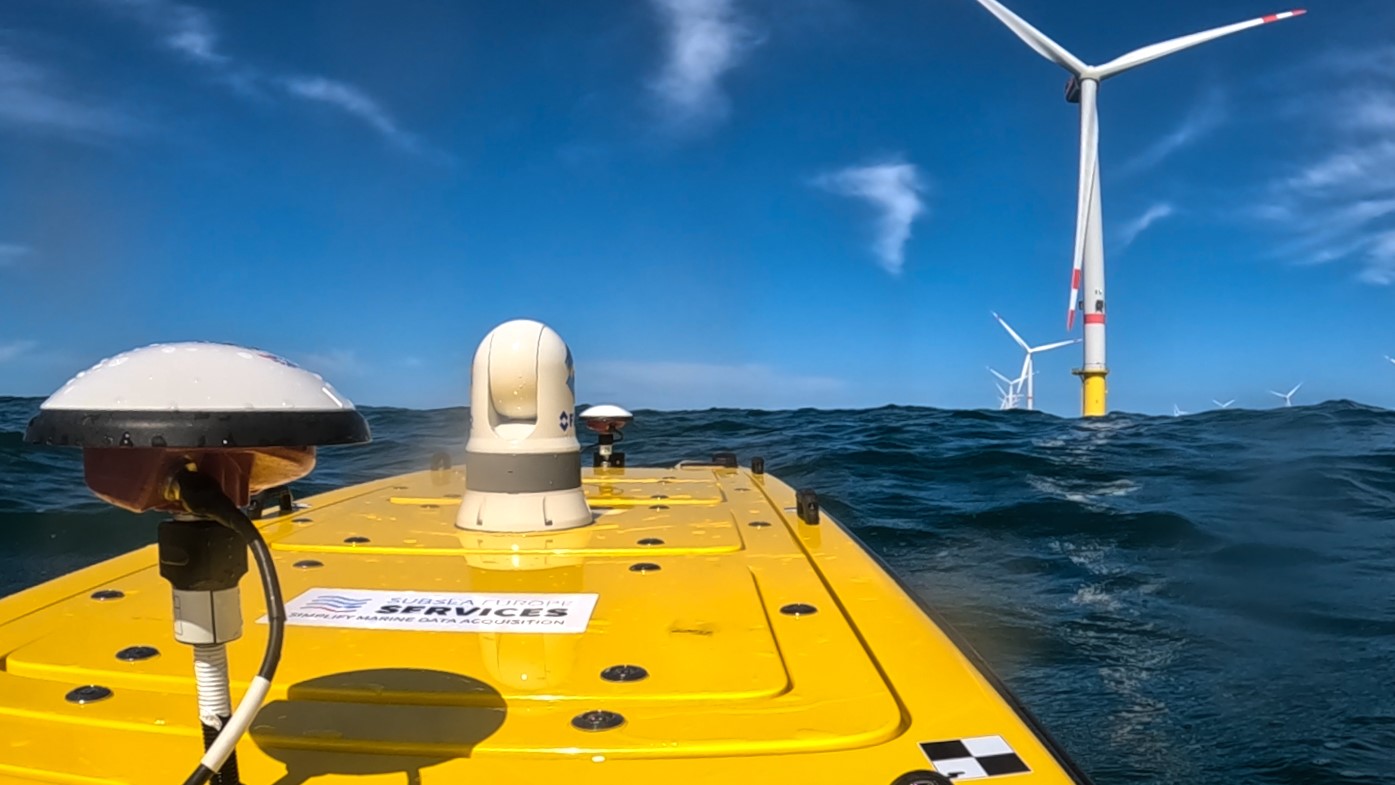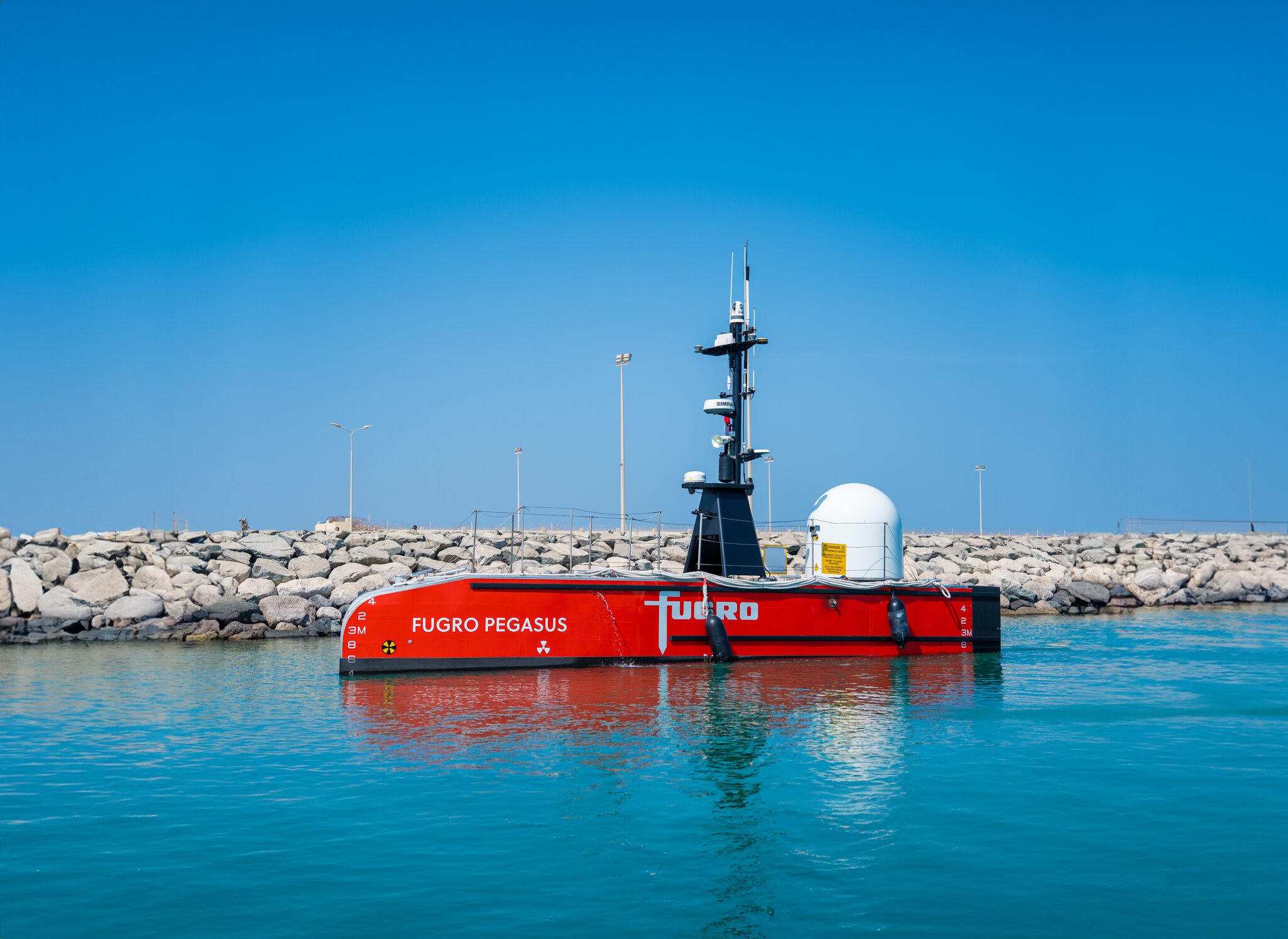LIABILITY is going to be a key challenge to resolve in the evolution of unmanned ships according to engineering experts.
Qinetiq head of major programmes strategies Richard Westgarth pointed out that there was plenty of examples of autonomy in the marine industries already, and advances are happening a lot people than people originally thought.
Current use includes research and exploration in the offshore industries and in range of naval projects, including the British Royal Navy’s Unmanned Warrior project. Where around 40 unmanned or autonomous waterborne or airborne craft were used in a range of exercises.
As systems become autonomous on merchant vessels it will be, says Westgarth, important to understand where liability lies
Westgarth was talking at the launch of Lloyd’s Register’s updated Global Marine Technology Trends report in London this week which focused on the continued evolution of autonomous systems
Global Marine Technology Trends 2030, is the culmination of a collaborative project between Lloyd’s Register, QinetiQ and the University of Southampton looking at the future of commercial shipping. What has been released is the latest key part of the work and focuses on the future of autonomous systems.
While autonomous systems do not mean unmanned, Westgarth pointed out that the legal aspects relating to responsibility and liability will still need to be resolved for such systems to be used in international waters
“With artificial intelligence, or autonomy, where does the liability lie?” he asked. “Is it the builder that takes the risks and liability? How do you decide it is acceptably safe and how do you understand the ethics?”
Insurers are keen to understand the implications of autonomous or unmanned systems on their books too and are looking for a legal framework to work under
As with the current state of play of autonomous systems, which are evolving quickly in national waters and likely soon in international waters, Westgarth raised as many questions as answers in outlining a future commercial shipping industry where autonomy and connectivity become common place.
Another issue he raised was in crew and the role of the seafarer in the future as people and technology systems continually integrate, across all industries and society.
However both he and Nick brown, Lloyd’s Register marine manager pointed out that increased levels of connectivity and autonomy (and unmanned operations) allow for increased levels of safety in the marine environment. However they also believe that not all sectors of the industry will take to reduced crewing levels easily, and point to the passenger vessel sector.
fathom-news.com


































